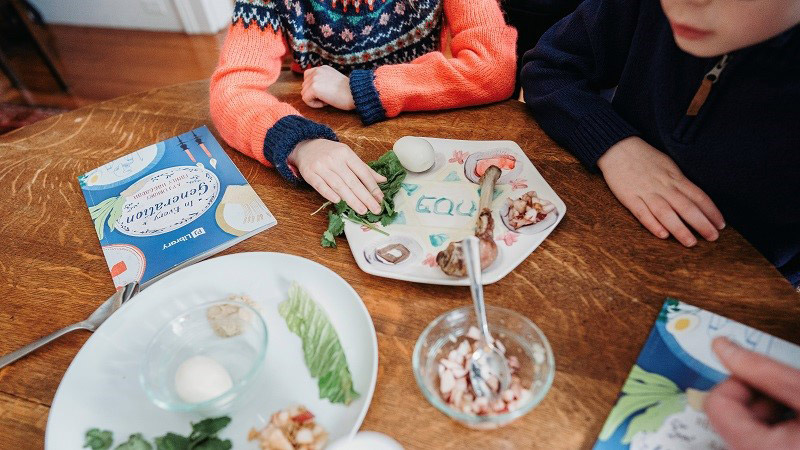
This spring around the world, Jewish families just like yours will be simultaneously celebrating Passover and commemorating the Israelites’ journey from slavery to freedom. And although Passover is celebrated at the same time the world over, people in different countries practice different customs and eat different types of foods.
In the adventure story, "Chasing Joha Through Passover" from our podcast, Beyond the Bookcase, discover a few of the many different traditions in cultures all over the globe. Which ones resemble customs you follow in your own home? Which ones would be the most interesting to try?
Syria
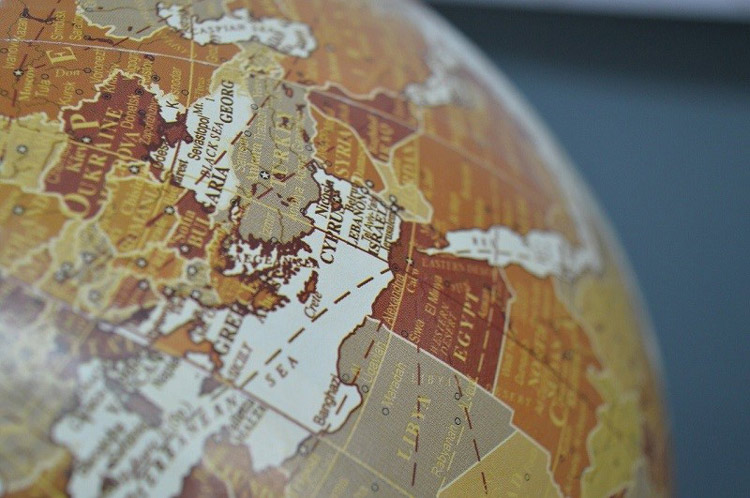
Many Syrian Jews take the tradition of symbolically acting out the Exodus a step further by taking some matzah, placing it in something like a backpack, and throwing it over their shoulders. This is followed by a Hebrew verse about leaving the desert in haste.
Uganda
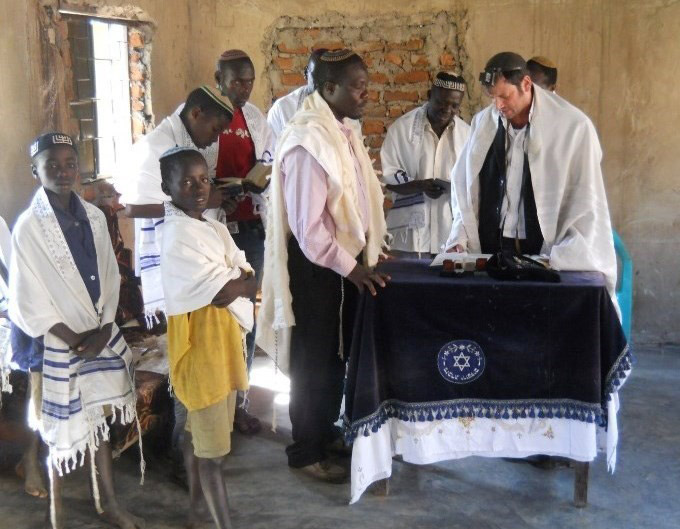
Uganda has a unique take on Passover because of the much more recent freedom finally realized by the Abayudaya, the Jews of Uganda. Judaism was outlawed in Uganda from 1971 to 1979, and the relatively new freedom of worship has meant that Passover celebrations have taken on a new, and very personal meaning.
Romania
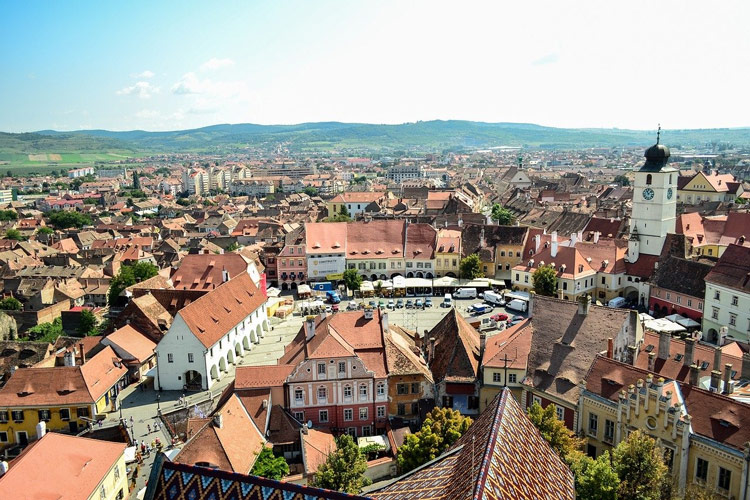
Romanian Jewish families make Passover interactive in a similar way to Syrian Jewish families. At the part of the Haggadah that says, “We were slaves to Pharaoh in Egypt” ("Avadim Hayinu" in Hebrew), Jews in Romania fill a pillowcase with heavy objects and carry it around the table, with each person at the seder taking a turn. And you thought hiding the afikomen was hard work!
Yemen
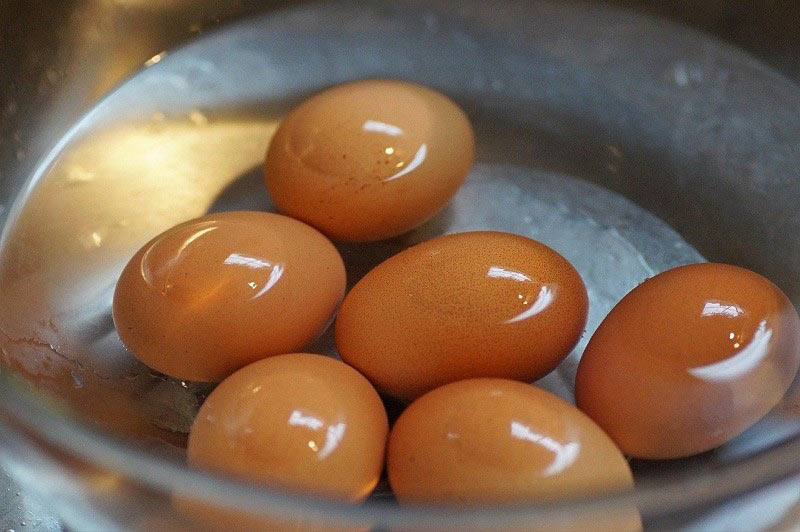
Is your favorite symbolic Passover food the egg? The Adeni community, as the Jews from Aden in Yemen are known, traditionally eat eggs as the main dinner course at their seders. These days, the Adenim have more substantial meals, but some families still opt for eggs in a variety of forms, from fried to hard boiled to omelets. Also, instead of a seder plate, Yemenite Jews place their symbolic items directly on the table or in small bowls in front of each person.
Afghanistan and Iran

Although most of the Jewish people of Afghani and Iranian descent are living elsewhere, the Sephardi Jews from the Persian region maintain one quite interesting seder custom. When it comes time for “Dayenu,” the song that lists God’s miracles, stating that each one would have been enough, some Sephardi Jews conjure images of the enslaved Israelites being whipped by actually slinging huge scallions or green onions at each other. Talk about a lively seder!
Gibraltar
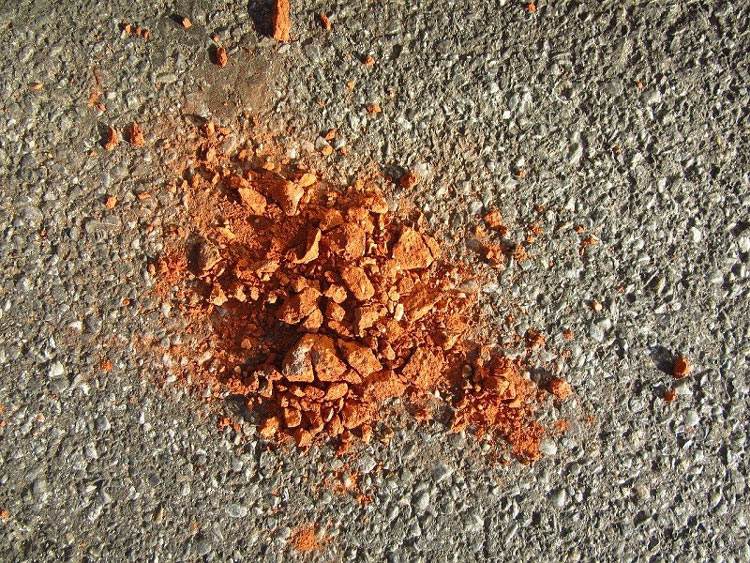
Jewish residents of the British territory of Gibraltar on the southern border of Spain often add a little something extra to their charoset, the chunky mixture of fruits and nuts. Kids especially look forward to the charoset part of the seder, which is a nice sweet departure from some of the more bland or bitter symbolic foods. But because this thick spread is meant to resemble the mortar used by the Jews while enslaved in Egypt, Jewish families in Gibraltar add actual brick dust to the mixture! Good news, though – if you’re using just a little bit of brick dust each year, one brick can last through seders for countless generations.
Hungary
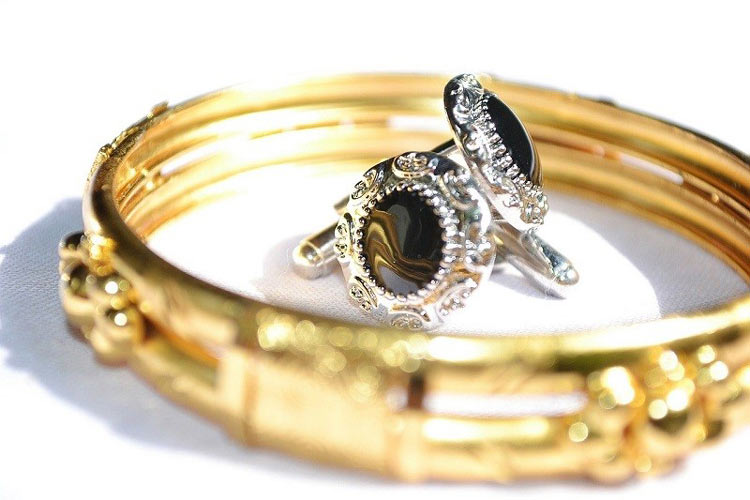
One Hungarian Jewish tradition is that seder table is decorated with gold and silver jewelry. The Passover text suggests that the Egyptians gave these precious items to the Israelites as a way of bribing them to hasten their exodus. And it never hurts to bring a little bling to the table.
Turkey
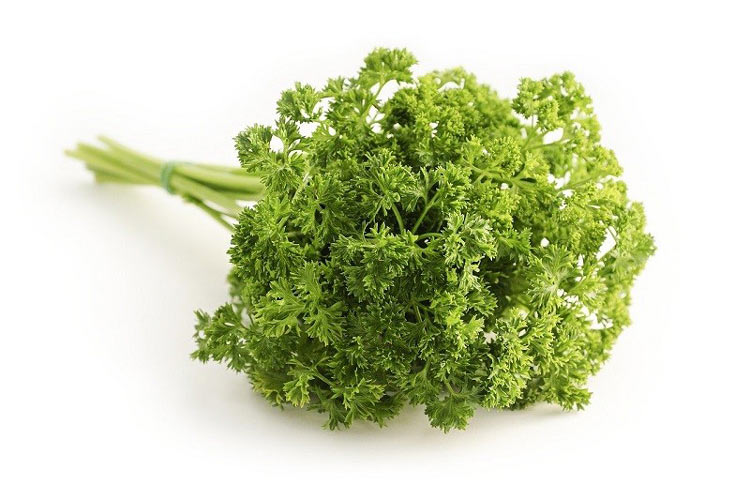
Parsley plays a significant role in most seders, but in Turkish homes, the parsley sprig has an extra role to perform. Each person takes a piece of this sign of spring and recites a verse in Arabic. As each word is said, seder guests bless each other, holding the parsley and wishing every person a blessing for the year.
Poland
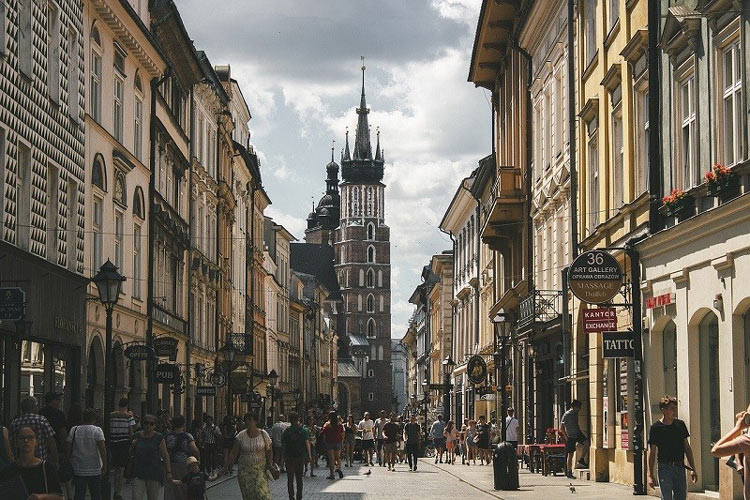
Another community that reenacts a portion of the Passover story is located in Góra Kalwaria, Poland, where seder guests act out the crossing of the sea in their dining rooms. Some families even pour water on the floor to make the experience all the more realistic.
India
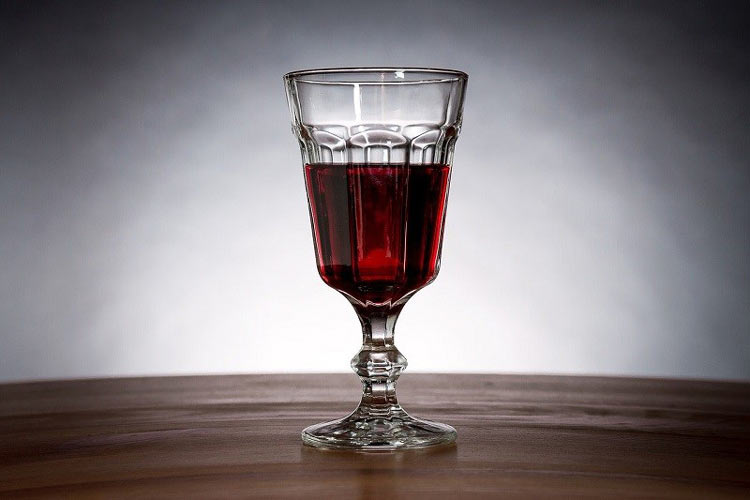
Most seders involve welcoming Elijah to the festivities by opening the door and reserving a separate cup of wine on the table. Indian Jews add another symbolic cup, called Pharaoh’s Cup, which wine is then poured out of for all the other glasses. In this way, the power and stubbornness of cold-hearted Pharaoh is diminished.
Ethiopia
Ethiopian Jews have a history not unlike that of the ancient Israelites, and freedoms both old and new are celebrated at the seder. The appropriately titled Operation Moses in 1985 was one of the “exodus” missions that transported thousands of Jews from Sudan to safety in Israel. In fact, the PJ Library book Yuvi’s Candy Tree by Lesley Simpson is based on this historical event.